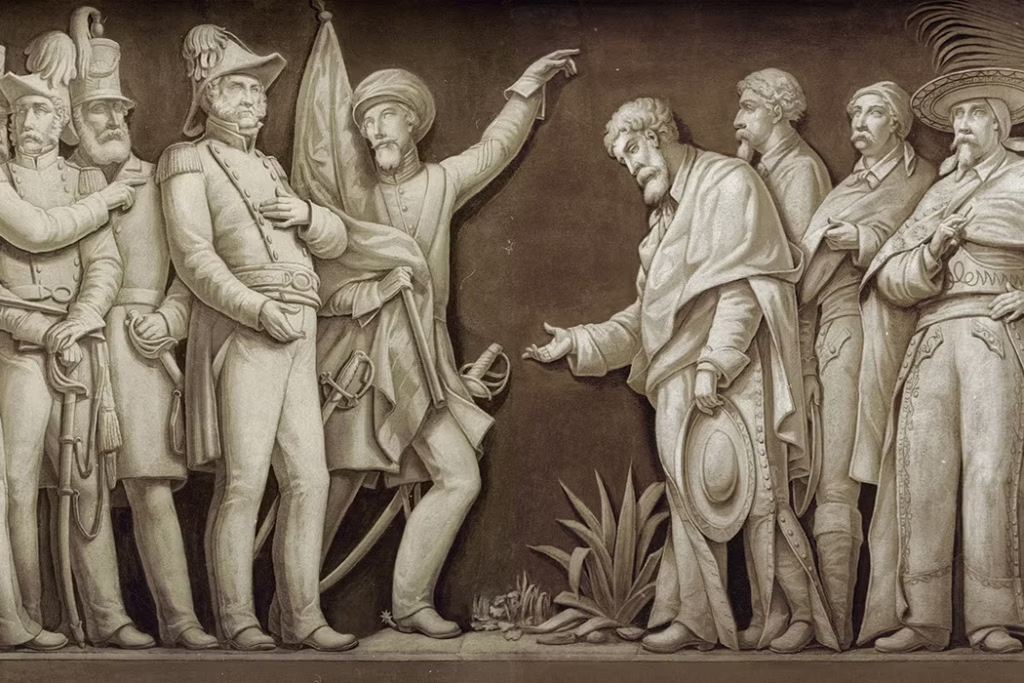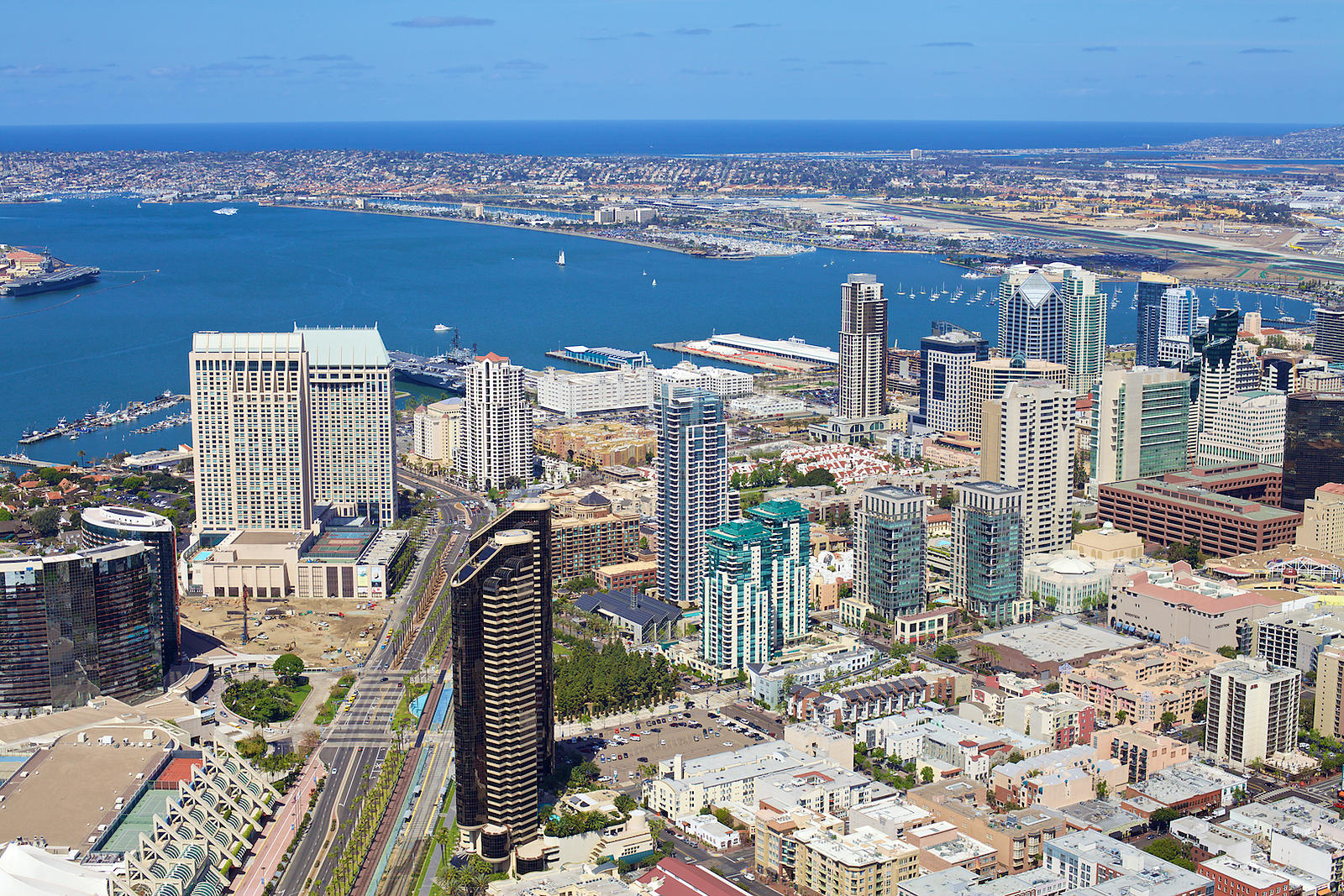A Journey Through Time
San Diego Bay, a natural harbor located in Southern California, has a rich and storied past that traces back thousands of years. Its strategic location, abundant resources, and favorable climate have made it a focal point for human settlement and maritime activity long before the arrival of Europeans. Native American tribes, particularly the Kumeyaay, thrived in the region, utilizing the bay for fishing, hunting, and gathering.
Early Exploration and Spanish Settlement


The first recorded European exploration of San Diego Bay occurred in 1542 when Portuguese explorer Juan Rodríguez Cabrillo, sailing under the Spanish flag, entered the bay. Cabrillo named it “San Miguel” and claimed the land for Spain. Though Cabrillo’s expedition did not establish a permanent settlement, it marked the beginning of European interest in the region.
In 1602, another Spanish explorer, Sebastián Vizcaíno, arrived at the bay and renamed it “San Diego” in honor of Saint Didacus. Vizcaíno’s exploration provided detailed charts and observations that would later be used by missionaries and settlers.
The Mission Period


The establishment of the Mission San Diego de Alcalá in 1769 by Spanish Franciscan friar Junípero Serra marked the beginning of the mission period in San Diego. The mission aimed to convert the indigenous population to Christianity and integrate them into Spanish colonial society. It became the first of 21 missions established along California’s coast and played a crucial role in the region’s development.
Mexican Era
Following Mexico’s independence from Spain in 1821, San Diego became part of Alta California, a Mexican territory. The Mexican government secularized the missions, redistributing their lands and diminishing their influence. San Diego’s population grew with the influx of Mexican settlers, and the bay continued to serve as a vital port for trade and transportation.
American Influence and Development

In 1846, during the Mexican-American War, American forces captured San Diego. The Treaty of Guadalupe Hidalgo in 1848 officially ceded California to the United States, and San Diego Bay entered a new phase of growth and development under American rule. The discovery of gold in California in 1849 attracted waves of settlers, and San Diego’s strategic location made it a critical port for maritime and military activities.
Naval Significance

By the late 19th century, the U.S. Navy recognized San Diego Bay’s strategic importance. In 1901, the Navy established its first presence in San Diego, and over the decades, the bay evolved into one of the largest naval bases in the United States. Its deep waters and protected harbor made it ideal for docking and maintaining naval vessels, and it became a hub for naval operations during World War II and subsequent conflicts.
Economic and Urban Development

The 20th century witnessed significant urban and economic development around San Diego Bay. The establishment of the tuna fishing industry, coupled with the growth of tourism and commerce, transformed the bay into a bustling economic center. San Diego International Airport, located adjacent to the bay, further bolstered connectivity and growth.
The development of waterfront attractions, hotels, and recreational facilities made San Diego Bay a prime destination for tourists and residents alike. Iconic landmarks such as the USS Midway Museum, Seaport Village, and the San Diego Convention Center showcase the bay’s multifaceted appeal.
Environmental Conservation
In recent decades, efforts have been made to balance development with environmental conservation. San Diego Bay’s diverse ecosystems, including wetlands, estuaries, and marine habitats, are home to a wide array of flora and fauna. Conservation initiatives aim to preserve these natural resources, ensuring the bay remains a vibrant and sustainable environment for future generations.
San Diego Bay’s history is a testament to its enduring significance and dynamic evolution. From its early days as a Native American fishing ground to its current status as a naval powerhouse and economic hub, the bay has consistently played a pivotal role in the region’s development. As San Diego continues to grow and thrive, the bay remains an integral part of its identity, reflecting a rich tapestry of history, culture, and natural beauty.

